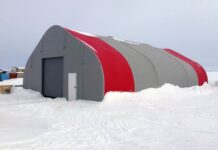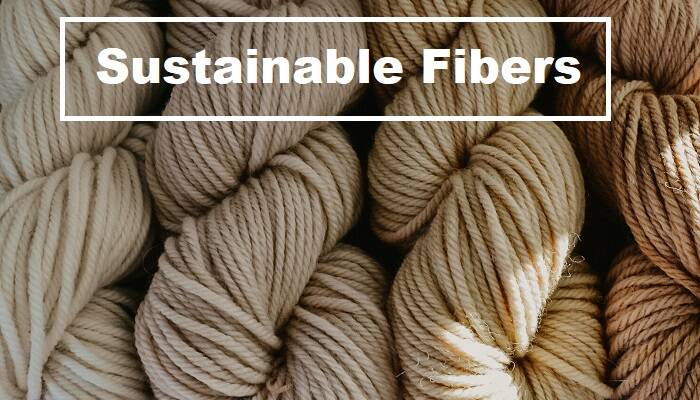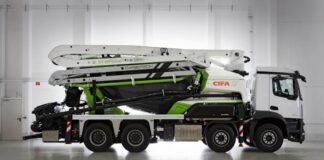It is worth noting that the durability, lightness, as well as the strength of composite materials make them applicable across varied industries, right from building, construction, and infrastructure- BCI to wind energy, transportation as well as telecoms. In order to encourage adoption, though, composites manufacturing has to meet the international demand for sustainable materials. Let us look into the vital role that fiber selection goes on to play in sustainable composite production.
One of the major sustainability metrics that manufacturers may be judged on can be the carbon footprint of their products. The process can indeed be very complex to calculate for the overall processes, given the share from various components, supply chains, shipping, and energy consumption at each stage.
Apparently, this happens to be as true for composites as for any other component or material. If one controls the resin production and also profiles the manufacturing phases, the environmental impact can be examined, especially that’s associated with making reinforcement fibers.
It is also useful to go on to compare composite manufacturing methods with those of the materials that they could replace. Techniques such as pultrusion and pull-winding happen to be less energy-intensive vis-à-vis producing metallic options: aluminum, which is a common competitor, happens to be having an embodied energy of 190–230 mJ energy which is required to extract as well as produce 1 kg; on the other hand, fiberglass needs only 13–54 mJ kg-1.
All this holds true in spite of the 1,400–1,500 °C temperatures that are required to melt the glass, a prominent energy consumption. It is well to be noted that glass fiber has been manufactured industrially for around 100 years, and the producers and researchers have gone on to refine the production techniques during this time. Energy consumption has decreased by way of heat recovery, enhanced insulation, and combustion optimization, thereby contributing to a much more efficient process.
Perspective on a Lifetime
The manufacturing phase happens to receive the most attention when one considers the environmental effects of original equipment manufacturing- OEM. But if one really looks out for products that are sustainable, it is important to take into consideration their entire lifetimes. Wind turbines, which are made almost completely from glass fiber-reinforced polymer- GFRP as well as carbon fiber- CF, function for 20 to 25 years. The corrosion resistance as well as the limited maintenance requirements when it comes to composite materials mean energy and cost demands happen to be front-loaded. Still, manufacturers’ studies go on to show that the net energy payback time happens to be less than 12 months for an overall installation of a wind turbine.
Moreover, the transport phase also happens to be an important consideration. While manufacturing locally for customers can decrease shipping distances, one cannot avoid emissions from transporting materials right from the manufacturer to the end user. This capacity to optimize the delivery chain in order to supply global customers with nearby production happens to be a part of the thinking behind Exel’s factories throughout the world.
A Natural Choice
Natural fibers, apparently, happen to be relatively new to industrial composite manufacturing. A natural fiber is one that is sourced from a naturally growing material; hemp, flax, as well as wood can all be used. The Nova Institute has gone on to report the carbon footprint of natural fibers as between 0.3-0.5 kg CO2e per kg of fiber. The mechanical properties when it comes to natural fiber-based composites are at present more varied than those of the others that are discussed, but they are still pretty robust, stiff, as well as lightweight as compared to their density.
Flax happens to be available in a continuous roving form that is preferred for pultrusion. The individual filaments are indeed long enough to take into account the pulling strain that is involved in profile manufacturing. The usage as well as development in industry, such as Volvo’s collaboration with a sustainable lightweighting company and also a flax fiber provider, Bcomp, goes on to suggest that this natural fiber can indeed be a legitimate future option when it comes to composites solution providers.
Greater interest as well as investment from big industries such as automotive and wind energy will enable in bringing down the price of natural fibers as the manufacturing processes get further developed.
It is a clear understanding that the path towards sustainability along with carbon neutrality is not as straightforward as it looks for the composites industry. While the increase of natural fibers is indeed welcome and goes on to represent an area of notable growth, carbon as well as glass fibers still provide greater performance and, at the same time, have more established and optimized manufacturing procedures.




































